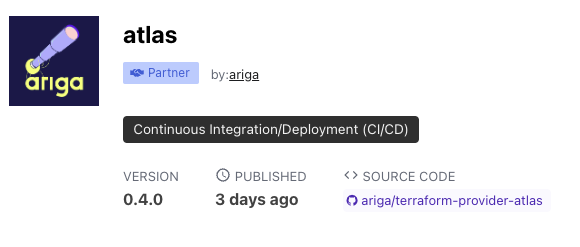The Hidden Bias of Alembic and Django Migrations (and when to consider alternatives)
Python has been a top programming language for the past decade, known for its simplicity and rich ecosystem. Many companies use it to build web apps and server software, thanks to frameworks like Django and SQLAlchemy.
One of the most common (and often loathed) tasks when building backend applications is managing the database schema. As the app's data model evolves, developers need to modify the database schema to reflect those changes. This is where database schema migration tools come into play.
